How the age-appropriate debate is altering curriculum in Tennessee and nationwide
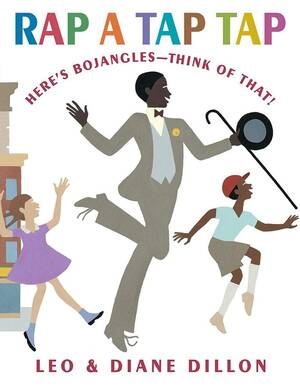
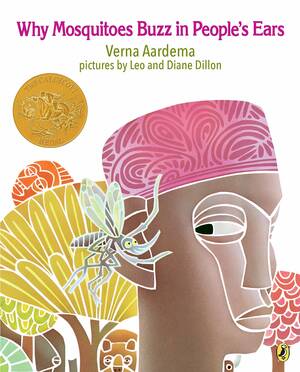
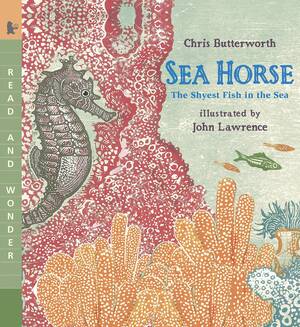
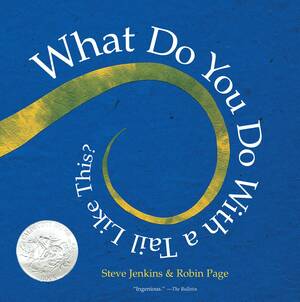
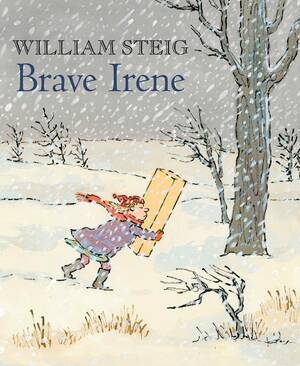
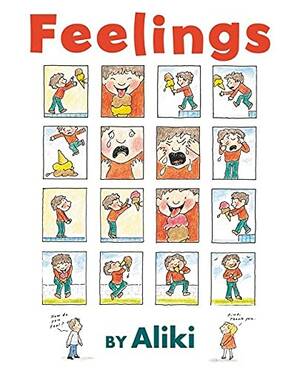
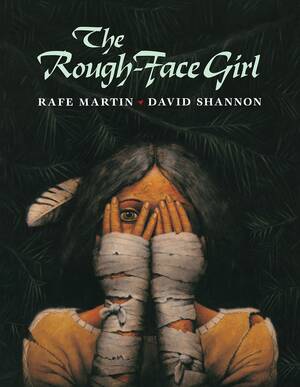
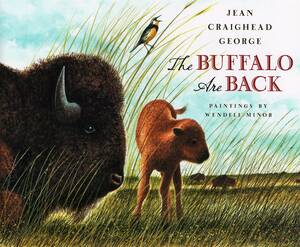
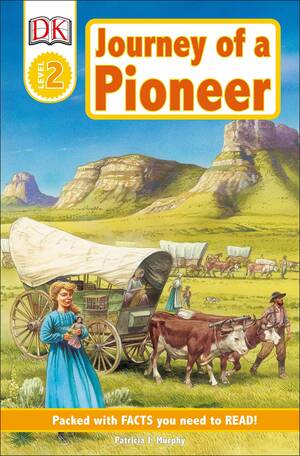
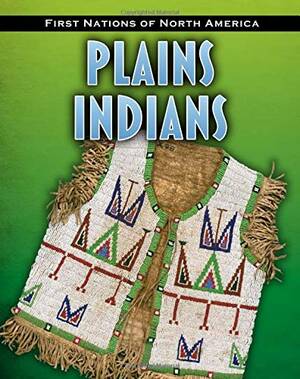
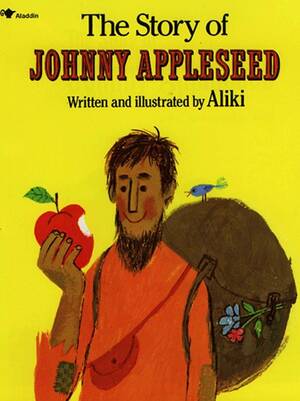
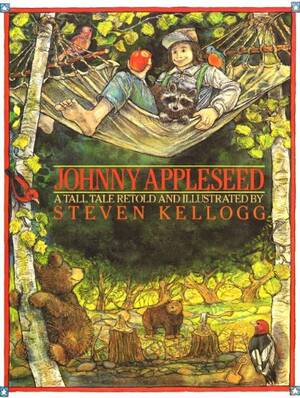
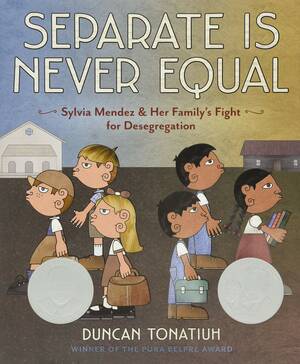
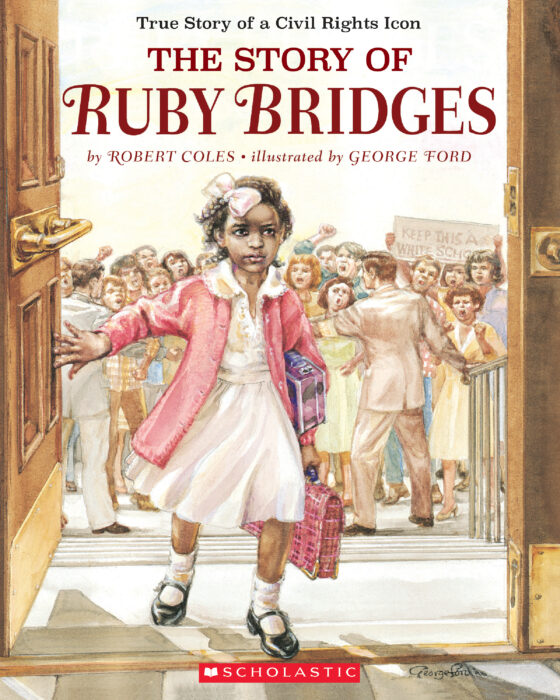
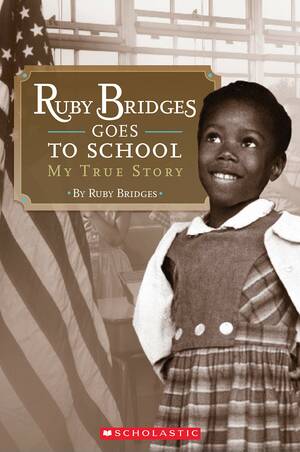
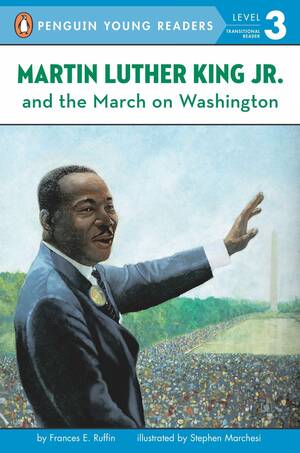


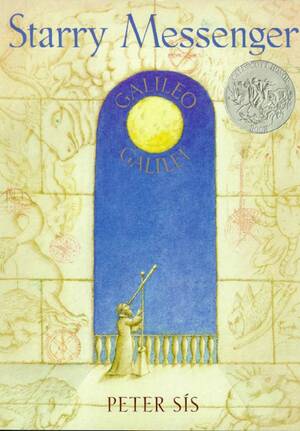
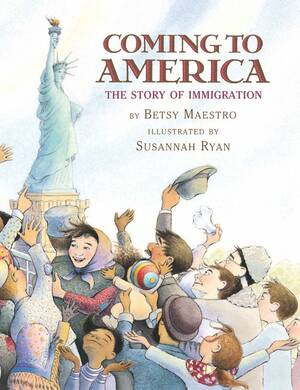

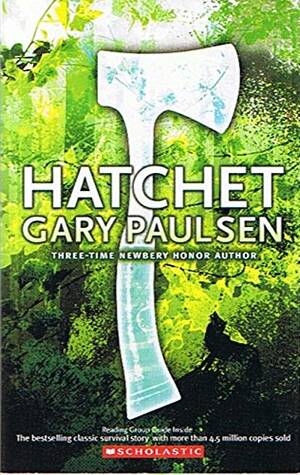
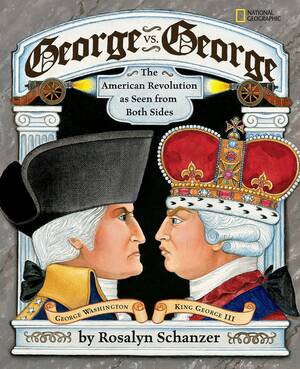
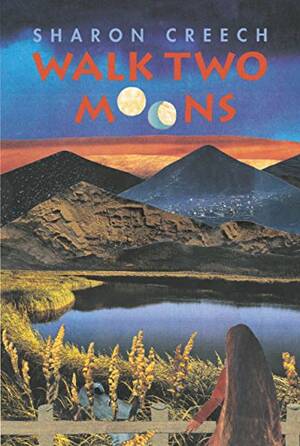
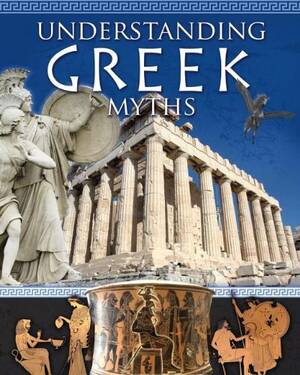
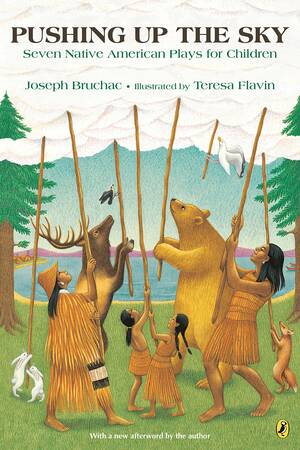
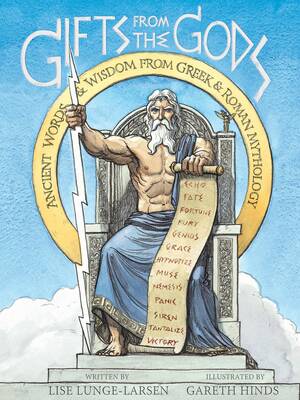
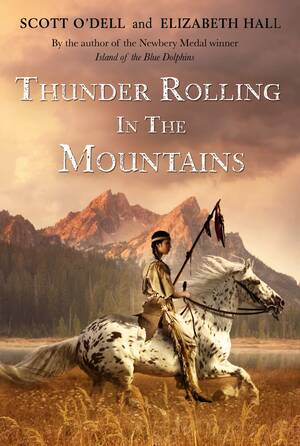
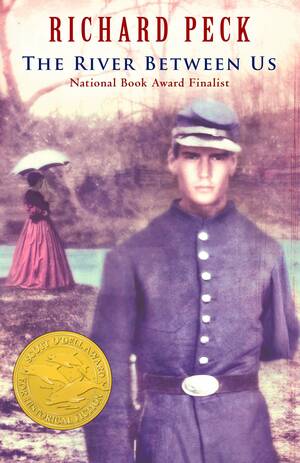
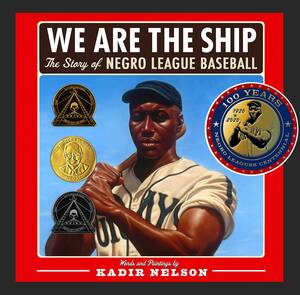
In January, Williamson County Schools issued a report on 31 texts from its K-5 English language arts curriculum that had been challenged as being obscene, “critical race theory,” or inappropriate for elementary-age children.
Complaints targeted books in all five grades, with two in kindergarten, five in first grade, ten in second, four in third, seven in fourth, and three in fifth.
Just over one-third of the criticisms came from parents who have elementary-age children in the district. The remaining complaints came from community members whose students are older or have no children in the district at all.
One of the most common criticisms, specifically for the books highlighted, is that they exposed students to difficult topics too young, or were otherwise age-inappropriate.
Complaints criticized some books for negative portrayals of white people, as well as discussing racial differences or reducing people to their race.
Parents accused three of those books of being racist because they depicted racism. Those books each recounted historical fights to desegregate schools.
Parents also described some of those same books as “divisive,” “hateful,” or “inflammatory.”
Several were called anti-American or anti-government because they depicted the United States’ mistreatment of immigrants or white settlers’ violation of treaties with Native Americans.
And a few parents challenged texts on religious grounds – one because it introduced children to the Catholic church’s historical mistreatment of Galileo, and the rest because they recounted myths from Greek and Native American traditions.
Some books were also criticized for containing sexual themes, extramarital sex, or nudity. “Sea Horse: The Shyest Fish in the Sea” also came under fire for “attempting to normalize that males can get pregnant” and diagramming seahorse mating practices.
Others were called violent…
…or “dark” or “scary.”
Parents filing complaints said that some books – especially those about historical racism – made their children feel anxious or ashamed.
For a few books cited as emotionally troubling, a district committee reviewing the complaints recommended that schools make counseling available.
However, all the books were judged to be valuable and historically relevant. Seven had their lesson plans adjusted to address concerns. Only one title was removed.
Chara Dixon and Keishana Barnes want Tennessee schools to teach their children about slavery, the Jim Crow era, and the civil rights movement. They both believe that educators should roll out lessons about U.S. history in an age-appropriate manner.
But the two women have very different ideas about the right age for those lessons, stemming in large part from their personal experiences, including how they’re raising their children.
Dixon, who was born in Thailand and now lives in the predominantly white town of Franklin, believes her son was too young last year to delve into a new reading curriculum that acknowledged America’s complicated racial history. She says her then-8-year-old, whom she describes as a “kind and sensitive” child of mixed race, became increasingly despondent over second grade reading lessons that included historical stories about angry white mobs taunting and sometimes attacking Black heroes of the civil rights movement.
Barnes, a 20-year educator who is Black and lives in Memphis, where nearly 65% of the population is African American, welcomes school lessons beginning in kindergarten to teach about the nation’s past and present racial struggles. Even before her three children began school, she and her husband told them that color and class have created unjust systems that linger today. While they don’t share more about the horrors of slavery than they think their children can understand, they try to answer their questions about what it meant when an enslaved person was not allowed to be in charge of their own body.
The two families’ divergent approaches show the ways parents who want what’s best for their children are wrestling with when and how students should study hard history and its legacies, especially when it comes to racism.
Front and center are concerns about the age-appropriateness of curriculum and instruction designed to introduce painful truths about America’s origins and present-day injustices. Truths, which some parents feel are at odds with a redeeming national narrative, and which others say must be shared early if America hopes to ever achieve racial reconciliation.
Amid a racial reckoning spurred by the 2020 murder of George Floyd and a conservative backlash to subsequent anti-racist protests, elementary schools have become ground zero for much of the soul-searching.
How history is framed has also become a potent political weapon for many Republicans who use charged words such as “indoctrination” to stoke parents’ fears and inflame disagreements about which classroom discussions are appropriate and which ones cross the line. Amplifying the debate is a growing campaign to purge schoolbooks that offend conservative sensibilities, especially on topics related to race and gender.
Add an early education literacy crisis made worse by the pandemic and a national movement to introduce harder historical texts to students at a younger age and a political storm takes shape.
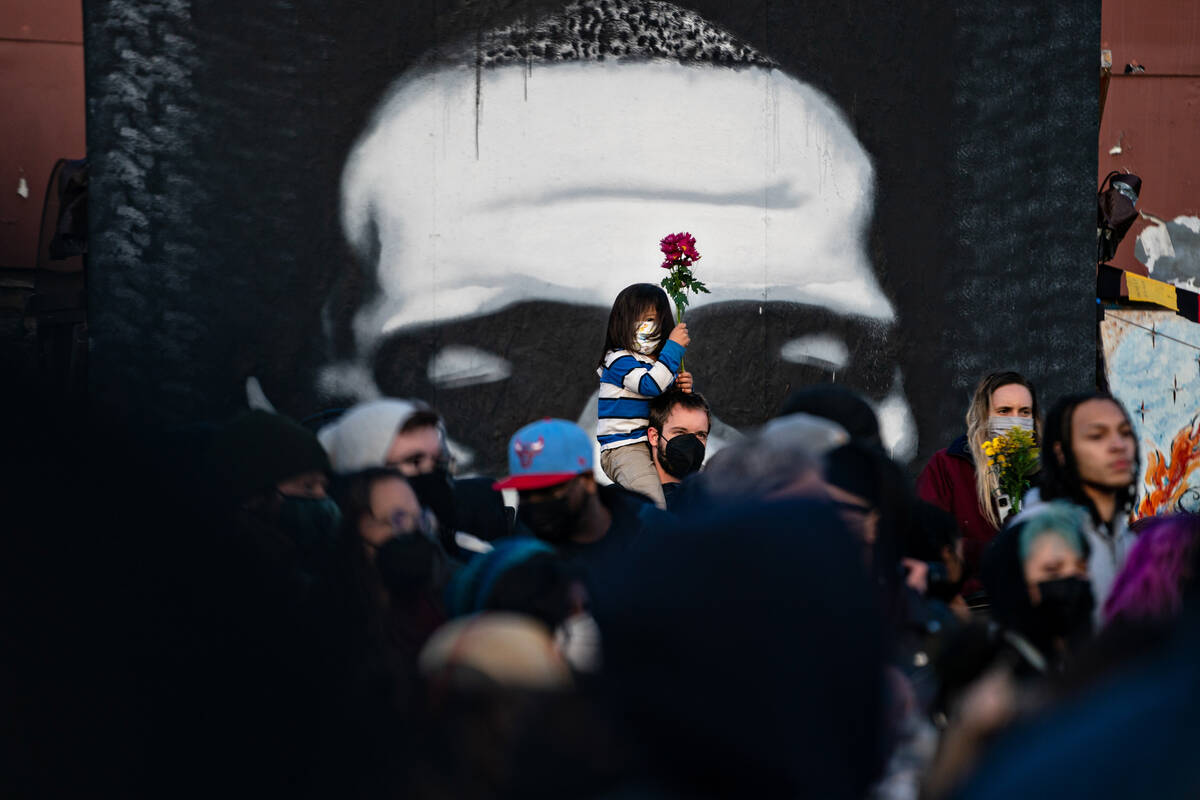
Critical race theory overshadows important discussions
Even before the killing of Floyd by a white police officer in Minneapolis, conservative political players were denouncing the 1619 Project and identifying America’s schools as fertile ground for a debate on how history is taught. Spearheaded by Nikole Hannah-Jones and published by The New York Times in 2019, the historical reexamination places slavery, its legacy, and the contribution of Black Americans at the center of the nation’s story. A year later, President Donald Trump said the project had “defiled the American story” by focusing on oppression instead of freedom and announced plans to create a commission to reinstate “patriotic” education in schools.
Tennessee was among the first states last year to enact a law intended to restrict K-12 classroom discussions about the legacy of slavery, racism, and white privilege. Republican backers claimed schools were introducing divisive concepts about race and gender to their youngest students and galvanized grassroots support for their campaign against “anti-American education” labeled as critical race theory. That field of study, typically found at the college level, explores how policies and the law perpetuate racist systems.
This year, book challenges and bans increased and Tennessee lawmakers passed Republican Gov. Bill Lee’s plan requiring periodic library reviews “so parents are empowered to make sure content is age-appropriate.” Another measure, approved in late April and which Lee said he plans to sign, will let a state panel overrule local school board decisions and remove materials from school libraries statewide if deemed “inappropriate for the age or maturity levels” of students.
Meanwhile, important questions are being lost amid battles over critical race theory and censorship.
Are teachers in the early grades receiving proper training to lead reading lessons using texts that wade into controversial historical topics?
Should students read books about racial conflict as part of second grade reading curriculum when they don’t learn the historical context for such content until social studies classes in fourth or fifth grades?
“Children are not colorblind, but they do learn to be color-silent.”
And how can educators teach U.S. history, especially about centuries of white oppression, in ways that best equip students to serve America’s democratic ideals?
“It’s a difficult moment,” said Beverly Daniel Tatum, a clinical psychologist, educator, and author about matters on race and education. “Some people would prefer that we not talk about our history of racism — either because they don’t know how to have those conversations or they don’t want to discuss the ways that racism has informed certain policies and practices in our country. Talking about them could lead to change, and they don’t want change.”
Still, it’s a delicate balance for parents like Dixon and Barnes, neither of whom want to put their children at risk of feeling like either perpetrators or victims.
Tatum, who is the acting president of Mount Holyoke College, is adamant that America should talk about race early and often.
“Children are not colorblind, but they do learn to be color-silent,” she said. “They learn early that they’re not supposed to talk about some topics, but they’re also absorbing attitudes at a very young age. The best antidote to prejudice is the conversation.”
Others worry about how those conversations are being facilitated. Some teachers, they argue, have moved beyond presenting fact-based lessons to espousing political viewpoints — a line that may seem fuzzy because Tennessee’s academic standards want students to move beyond memorizing facts to develop their analytical skills beginning in kindergarten.
“If you present the civil rights movement in a balanced way, it would be a positive story about American history,” said Carol Swain, a conservative author and national commentator based in Nashville, who believes civil rights victories of the 1950s and 1960s tell a mostly triumphant narrative.
Wenyuan Wu is a researcher who tracks parent complaints about critical race theory and analyzes school district policies. She’s finding more references in the early grades to instruction that emphasizes diversity, inclusion, social justice, and civics in action, which she sees as problematic.
“I think our schools from elementary to high school should teach history correctly — including the good, bad, and ugly,” said Wu, who leads Californians for Equal Rights Foundation, which opposes schools teaching anything that resembles critical race theory. “But should we teach impressionable youngsters through a particular ideological lens? No. We should teach historical facts that have been verified by scholars, social scientists, and the history discipline in general.”
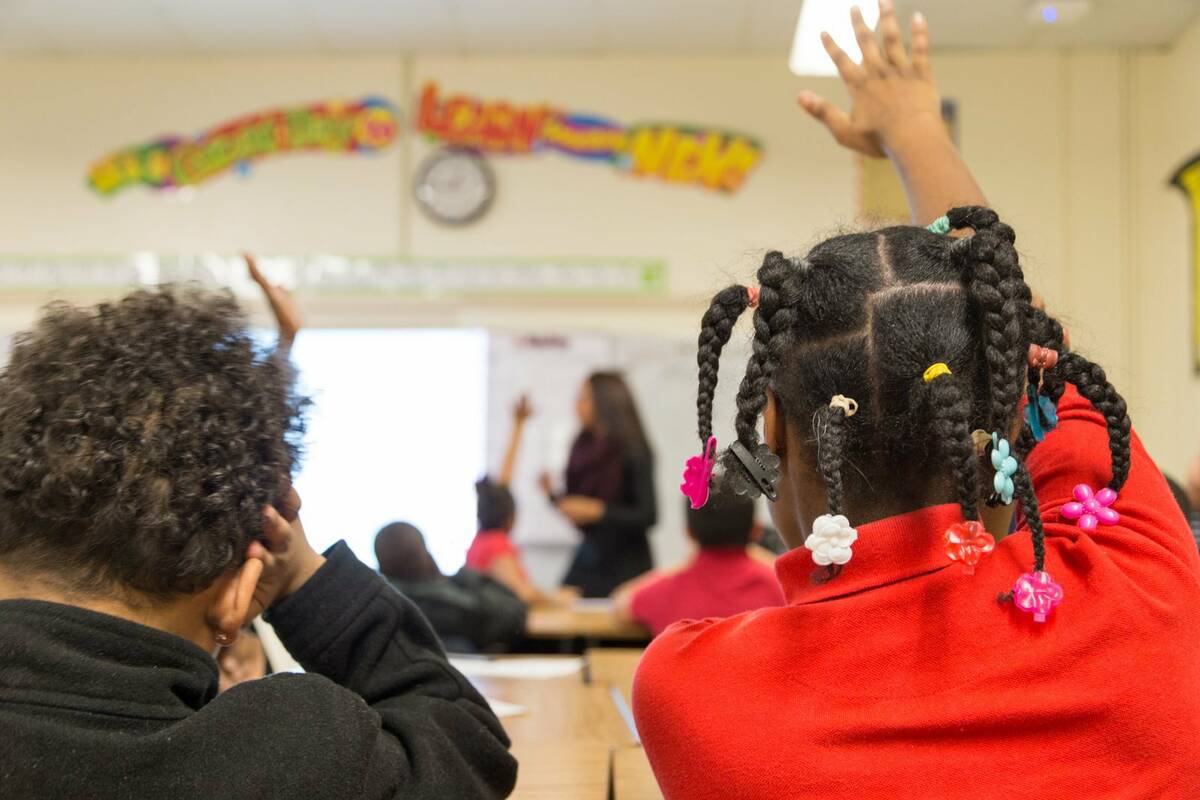
Laying a strong foundation is important for lifelong learning
What children learn when they’re young has broad consequences for the rest of their education.
Developmental psychologists say children have a natural curiosity about gender and race. Research shows infants as young as 6 months old can recognize skin color, and that preschoolers form judgments about people based on race and gender.
If educators don’t answer their questions honestly — or shy away from introducing truths about America’s origins to children at a young age — youngsters may embrace inaccurate narratives that need to be “unlearned” when they’re older and less malleable.
Polls show parents want educators to teach history accurately, but that age-appropriateness is a sticking point.
One national poll, conducted last fall by a network of education advocacy groups, found that most parents across the political spectrum agree “schools should teach students to love their country, but should also teach the full history of America, including the terrible things that have happened related to race and racism.”
The poll found bipartisan agreement that lessons about slavery, the Civil War, and civil rights should be taught in high school — but less support for teaching those topics in middle school, and even less for elementary school. And a clear partisan divide emerged about whether schools should teach that inequality still exists today, with Republicans more likely than Democrats to view racial history as disconnected from present conditions.
“If we can agree that we all want our kids to learn the truth, then it’s a matter of how we do that,” said Cardell Orrin, who is looking for common ground as the leader in Memphis of Stand for Children, an education advocacy group.
“If we agree we all want our children to be better than we are and to live in a more equitable world, then we can have those conversations too,” he continued. “But if there’s an insistence about teaching American exceptionalism, that’s harder, because American exceptionalism is based on falsehoods.”
For instance, is America willing to confront its ugly history about forging a new nation on land first occupied by Indigenous peoples? About the forced relocation of Native Americans along the Trail of Tears? Or the government’s corralling of thousands of Japanese Americans in detention camps during World War II?
But when is the right time to broach such uncomfortable subjects?
“To some extent, age-appropriateness is subjective because every kid is a little different and so is every parent.”
Age recommendations from publishers and booksellers target a broad age range on purpose. What’s appropriate for one 7-year-old may not be appropriate for a classmate based on their levels of reading, comprehension, and maturity, as well as personal interests and sensitivities.
“It’s part science, part art in terms of determining what is right for the right kid at the right age,” said Michael Robb, senior research director with Common Sense Media, which publishes reviews to help families and educators make smart media choices.
“To some extent, age-appropriateness is subjective because every kid is a little different and so is every parent,” Robb said.
For nearly half a century, Facing History and Ourselves, a nonprofit educational organization, has produced resources for teaching middle and high school students about racism, antisemitism, and prejudice at pivotal moments in history. Dimitry Anselme, the organization’s executive program director, says such topics are best taught “when students are beginning to look at the world of adults around them and raise questions about their own identity in relationship to others and engage on moral and ethical issues.”
Key to Facing History’s approach is training teachers and facilitators on how to usher students “safely in and safely out” of discussions about controversial topics. That includes establishing a classroom contract with clear boundaries for discussion and having students keep a journal.
“In the study of the Holocaust, we don’t lead with the gore and the death camps,” Anselme said. “That comes much later.”
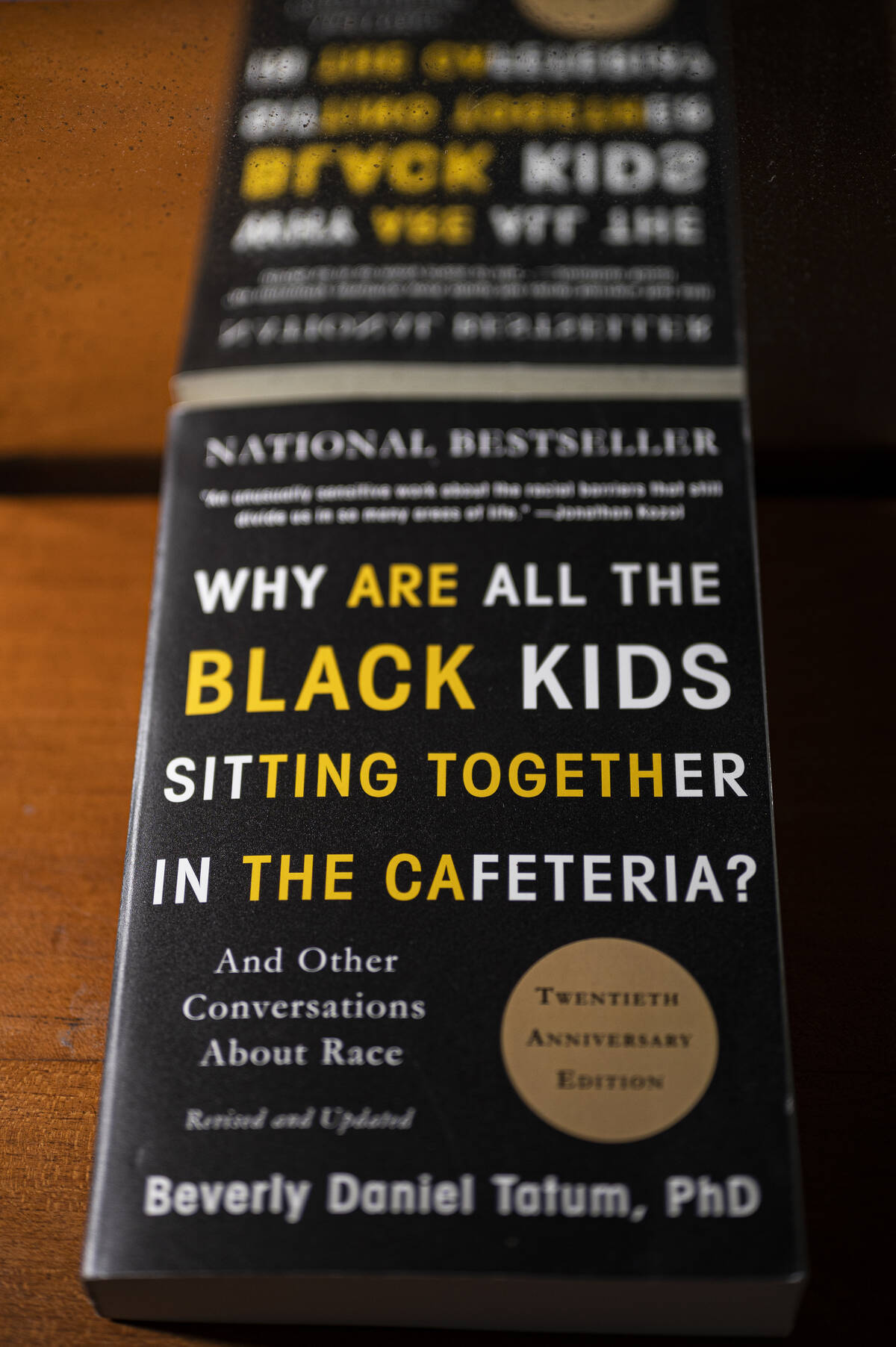
Tatum, who authored the best-selling book “Why Are All the Black Kids Sitting Together in the Cafeteria?,” agrees that teachers need training and support for talking about tough topics to students at any age.
“There’s a way to talk to young children about civil rights so that they are encouraged and empowered — not only to resist being a victim, but to resist being a victimizer,” she said.
But such training is at risk of being scuttled or avoided — potential collateral damage under new state laws like Tennessee’s that restrict discussions about race.
Natasha Robinson, a research fellow at the University of Oxford who researches how nations teach their difficult history, said it’s critical for educators to communicate with family members and other adults in a student’s circle so they can help the student process uncomfortable truths.
In some cases, parents perceive distress when a child is simply processing new information, said Robinson, who believes discomfort can be a productive learning tool.
“If a child comes home with lots of questions, then there is also a role for the parent to unpack that with them rather than escalate it,” she said.
Literacy crisis is a backdrop to book debates in Tennessee
South of Nashville, in the town where Dixon’s family lives, Williamson County Schools began introducing new reading and writing curricula to elementary school students in the 2020-21 school year. The overhaul was in response to new state academic standards for English language arts, which seek to address an early literacy crisis that Tennessee shares with the rest of the nation. Even before the pandemic, only a third of America’s fourth graders were reading proficiently.
As elementary curriculum director Marianne Gilbert explained to school board members, the curricula changes required students to begin reading harder texts at an earlier age. The materials include “content-rich nonfiction” like biographies and books about history.
The shift is based on a growing belief among literacy experts that, once students learn the skill of sounding out or “decoding” words, building background knowledge on the subject is key to understanding and retaining the text.
“The more we can teach kids about the world, the more they’ll have something to hang their hat on when they’re reading about a topic that maybe is a little unfamiliar,” Gilbert said.
The district chose Wit & Wisdom curriculum from Great Minds, a publisher based in Washington, D.C. Some Tennessee districts already were using the program successfully to improve their early literacy rates.
But within months, Williamson County Schools, a district of 41,500 students, received dozens of complaints from some parents, including Dixon, and the local chapter of Moms for Liberty, a mostly white conservative group that reviewed the books and led the county’s anti-CRT charge. Some complaints said the content was inappropriate for younger students. Others charged that the new texts included elements of critical race theory.
Wit & Wisdom also had its fans, although their voices didn’t make the headlines. A selection committee composed of 28 teachers and 26 parents overwhelmingly recommended the curriculum for reading, plus a supplemental phonics program, and the school board unanimously approved the choices.
Wit & Wisdom provides daily 90-minute lessons broken up into different activities that are designed to keep students engaged. Each week-long series introduces a text, then develops skills in reading, vocabulary, grammar, and writing. By the end of each series, second graders are expected to answer a question about the text by writing a paragraph, sometimes in an informational style but other times as a narrative or opinion.
“This curriculum is incredibly rigorous; it’s like night and day from what we were teaching before,” said one second grade teacher, who spoke with Chalkbeat on the condition of anonymity because of the highly charged community debate over Wit & Wisdom.
“It’s more in-depth, makes more real-world connections, and asks a lot more open-ended questions,” the teacher said. “It’s creating thinkers.”
During the first year of the curriculum’s implementation, teacher teams worked by grade levels to make modifications, including withholding some imagery and texts they did not think students were ready for. The teacher who spoke with Chalkbeat said she notified parents in advance when the class was about to wade into difficult topics, including the unit about civil rights heroes.
“That’s their babies and I understand why parents may want to be the first voice telling them about certain things,” said the veteran teacher, who noted that educators are trained to teach children in an age-appropriate way. She received no complaints about her lessons.
“I think sometimes we underestimate second graders,” she continued. “The thought-provoking conversations that take place in my classroom bring out the best in my students. They are learning content but they’re also growing in so many other ways — as insightful and empathetic learners.”
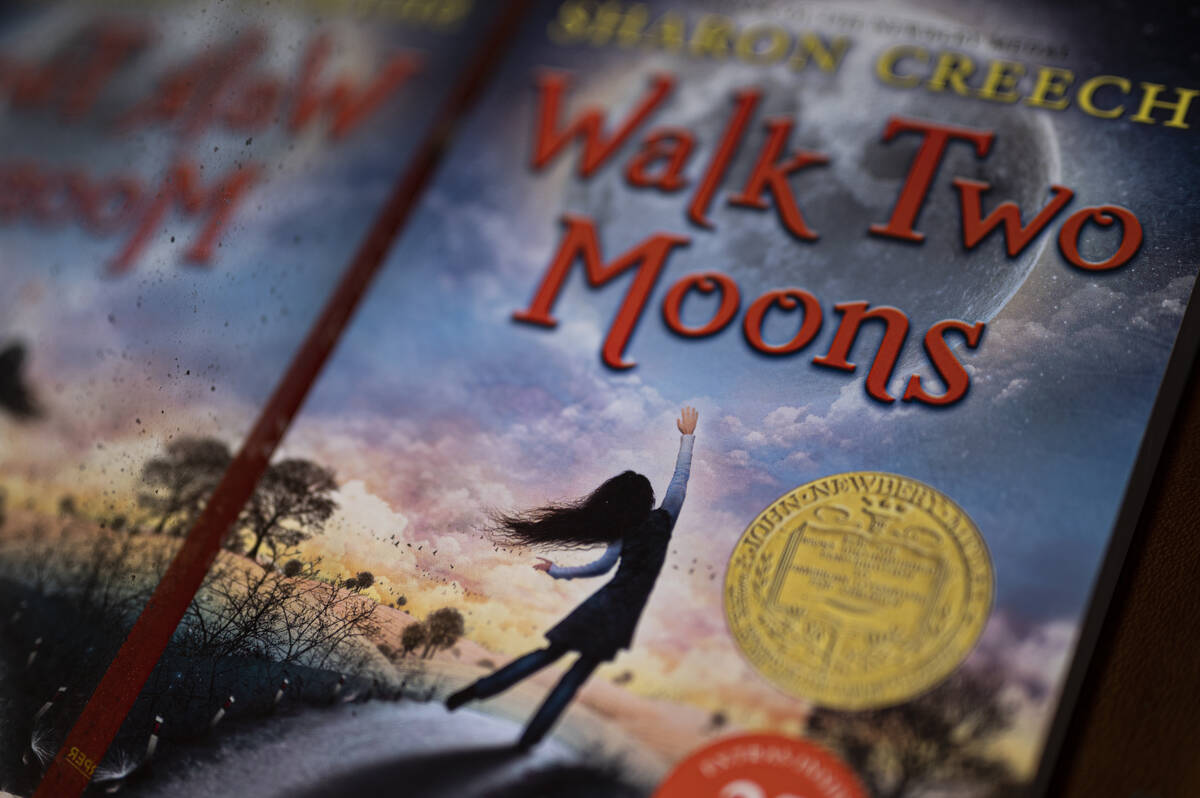
In January, after months of meetings and deliberations about curriculum complaints, the district’s reconsideration panel released its 113-page report on Wit & Wisdom. As a result, the district removed one fourth grade book, the Newbery Award-winning “Walk Two Moons,” which complainants said was age-inappropriate for reasons that included “stick figures hanging, cursing and miscarriage, hysterectomy/stillborn and screaming during labor.”
The district also made “instructional adjustments” to seven other texts, but overruled complaints about dozens of others, including two second grade books: “The Story of Ruby Bridges,” written by Pulitzer Prize-winning author Robert Coles, and “Ruby Bridges Goes to School: My True Story,” written by Bridges herself.
Regarding “The Story of Ruby Bridges,” which described how a 6-year-old girl in New Orleans pioneered school integration in 1961, the committee said the topics are being taught in an age-appropriate manner.
“The committee reached the conclusion that the lessons do not create opportunities for divisiveness at any point,” the panel wrote. “Additionally, teachers report that teaching a text such as this develops empathy and sensitivity to differences which is essential as our schools are made up of many different students learning alongside one another.”
The text also helps build background knowledge for lessons in later grades about the civil rights movement, the panel said.
On Feb. 22, in response to several appeals, the school board voted 8-2 to uphold all the decisions.
But across Tennessee, families are making their own judgment calls about what to teach — and when.
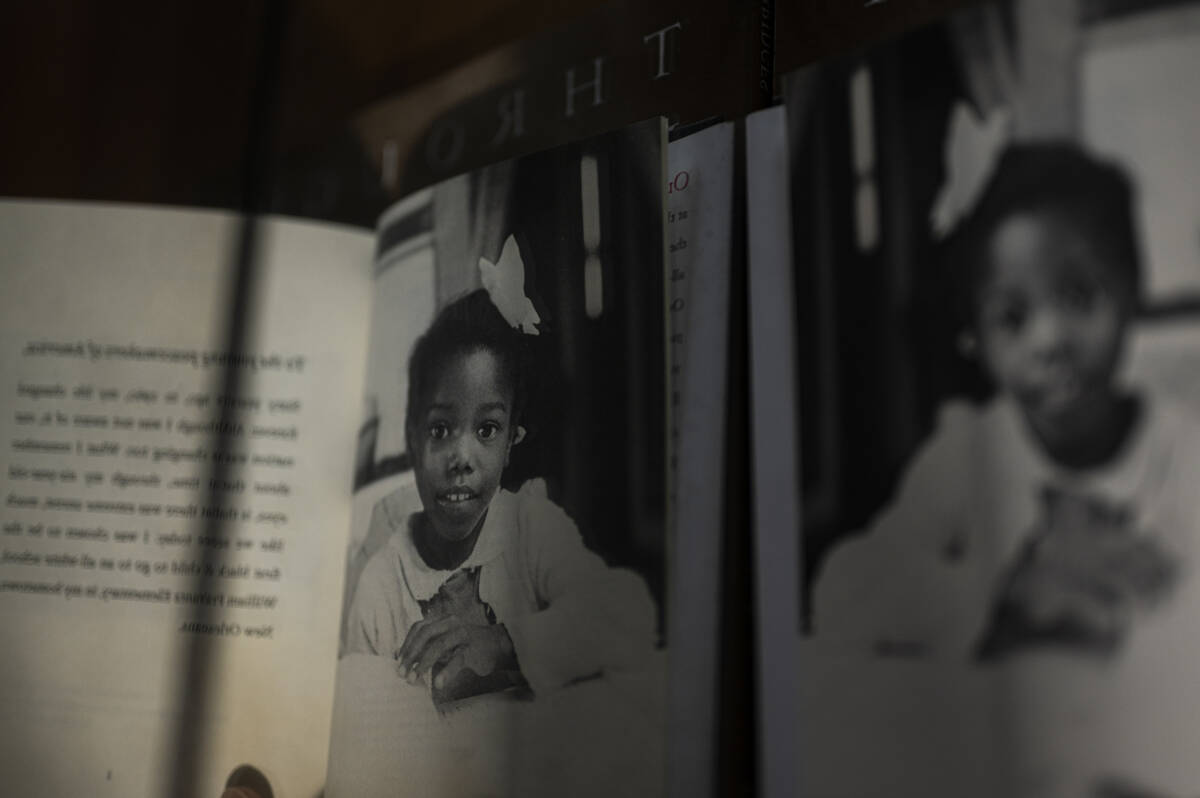
With age-appropriateness, parents are the experts
In Memphis, Keishana Barnes and her husband have tried to lay a foundation at home to frame what their children — ages 11, 8, and 5 — learn at school.
“We have introduced the full truth to them from the beginning, and we do that in ways that are appropriate for their ages,” she says of how they answer their children’s questions.
The children know about the transatlantic slave trade, for instance. They’ve been taught that the white supremacy that drove the nation’s slave economy continues to have implications today in dehumanizing ways. They know that, as Black people, they are more likely to be accused of stealing or concealing a weapon if they have their hands in their pockets while in a store.
“There are many situations that exist — not because of what they are or look like — but because of how a system might treat them. Then, skin color absolutely matters,” says Barnes, a former classroom teacher who has a master’s degree from Harvard Graduate School of Education and instructs teacher candidates at the University of Memphis.
“I would be doing my children a great disservice if I were to pretend that this world is colorblind,” she continued. “I would not be preparing them for reality.”
Barnes remembers her own early school lessons as “mostly patriotic” and rooted in the idea of American exceptionalism. For her children, she wants exposure to different perspectives at an earlier age.
“I think curriculum can always be improved to present the truth instead of just one version of the truth,” she said.
Some 200 miles away in Franklin, Chara Dixon watched online lessons last year and noticed her son becoming increasingly quiet and disinterested in school over what she calls “dark and depressing” stories about one heavy topic after another — from the near-extinction of buffalo from the Western frontier to racial discrimination in the South in the 1950s and ’60s.
“The Story of Ruby Bridges,” which is told from Ruby’s perspective, included drawings of angry white people holding up signs and calling the little girl names as she walked to school. A different text, “When Peace Met Power,” depicted nonviolent demonstrations in Birmingham, with white firefighters using fire hoses to violently spray young Black protesters.
Both readings provided historically accurate representations of events in U.S. history and aligned with Tennessee academic standards for second graders.
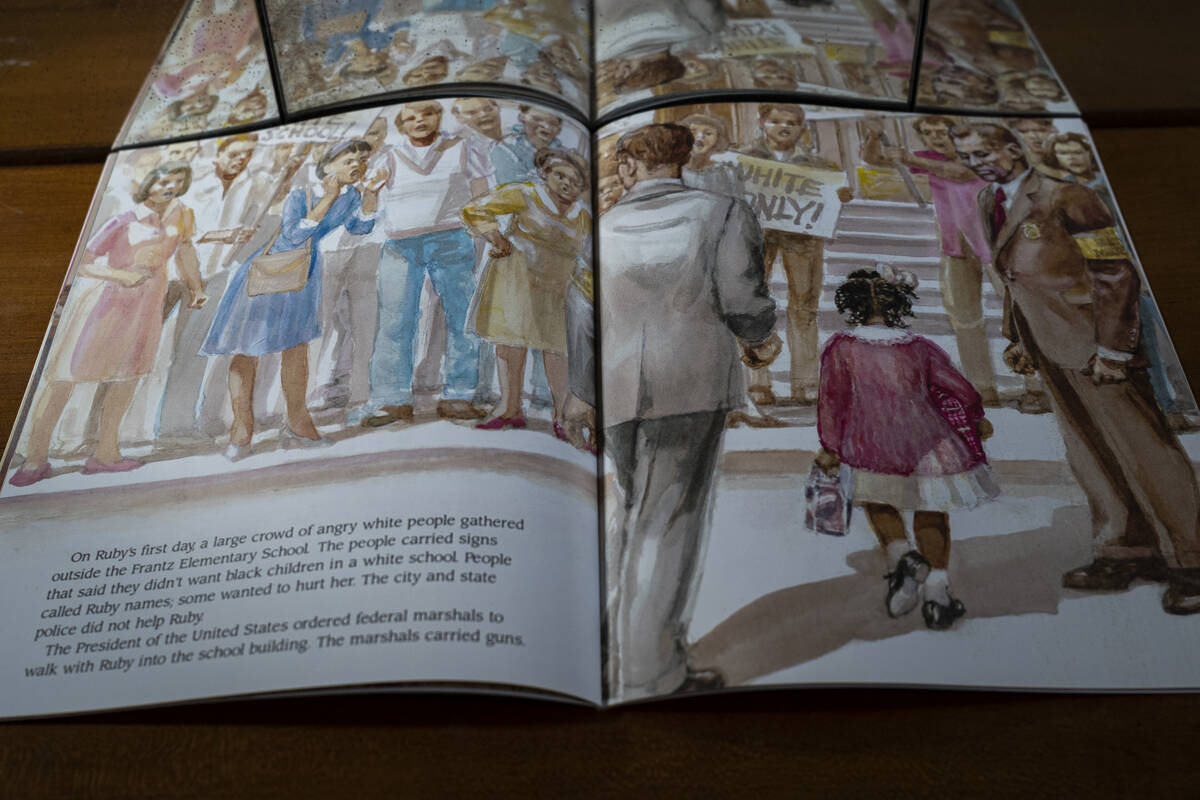
For English language arts, the texts supported reading accuracy, fluency, and comprehension goals. To meet social studies standards, the readings developed geographic and historical awareness, including the concept of democracy, the contributions of famous Americans, and “how collaboration and respect for others is necessary to achieve and maintain a functioning society.”
But Dixon found the lessons unbalanced. In her eyes, they focused more on the evils of white oppressors than on the heroism of Black civil rights leaders and their white allies such as Ruby’s first grade teacher, Barbara Henry.
“They taught hate first,” she said about the lessons, which she believes robbed her younger son of his “childhood innocence” and interjected a racial lens that she and her white husband have sought to move beyond when raising their children.
Dave Allen, assistant superintendent over teaching, learning, and assessment for Williamson County Schools, said the district “patently disagrees” with any claim that it teaches hate.
“We received zero reports of student writing samples with any indication of hate after this second grade module,” he said. “The writing samples express positive takeaways from the content learned.”
For parents pondering when their kids are ready, it’s personal
For all the pitched debates, the issues remain fairly straightforward to Dixon.
A tipping moment, she said, came when her then-second grader began telling her he was not American, but Thai like his mother’s side of his family.
“It broke my heart,” she said. “He hates to be American. He’s ashamed to be half white.”
Dixon shared her concerns first with her son’s teacher, then the school principal, then the district superintendent and school board members. The superintendent offered to move him to a customized curriculum. But Dixon declined, worried that would isolate her son. He finished the school year, then began third grade last fall at a nearby private school that promotes a “classical curriculum that embodies traditional American values.”
“He is doing well. He is happy,” said Dixon, whose fifth grade son remains in public schools.
Dixon, who supports the state’s controversial law targeting critical race theory, testified about her family’s experience before the district’s curriculum reconsideration committee. She also told her story to a community presentation on critical race theory hosted last spring by the local chapter of Moms for Liberty. Last summer, she joined a small contingent of moms, including the chapter’s leader, in a private meeting with Tennessee Education Commissioner Penny Schwinn to air their concerns.
“I’m just a mom trying to protect my children,” Dixon said.
In Memphis, the Barnes moved their children last year to a private school for gifted children in the mostly white suburb of Collierville — not over curriculum concerns in their local public schools but to seek a better academic fit.
As a mom, Barnes watches closely to make sure her children are learning accurate history at school — for instance, rejecting Thanksgiving narratives that promote harmful stereotypes about Indigenous peoples.
But like many African American parents, she doesn’t completely depend on school to introduce her children to Black history, which has been taught unevenly since a wave of schools began incorporating those subjects into curricula in the mid-1970s.
Now, the future of how Black history will be taught in schools is uncertain, with at least 36 states restricting or trying to restrict classroom discussions about race.
“At home, I taught our children early that humans have done really horrible, hurtful things to other people and unfortunately that continues,” Barnes recounts. “And so I tell them that I want you as children to keep learning about these things and I want you to grow up and treat others in a loving way.”
“I’m trying,” she said, “to teach them how things were, how they are, and how things can be better.”